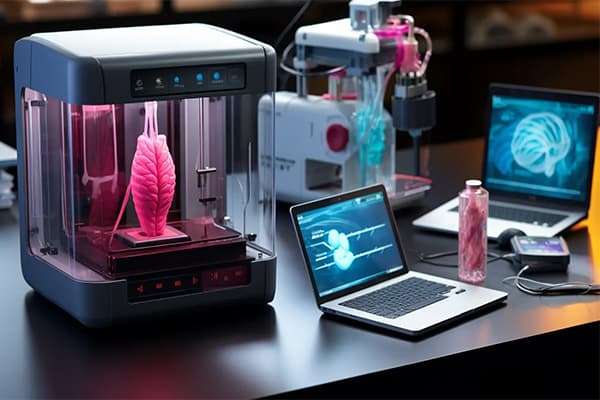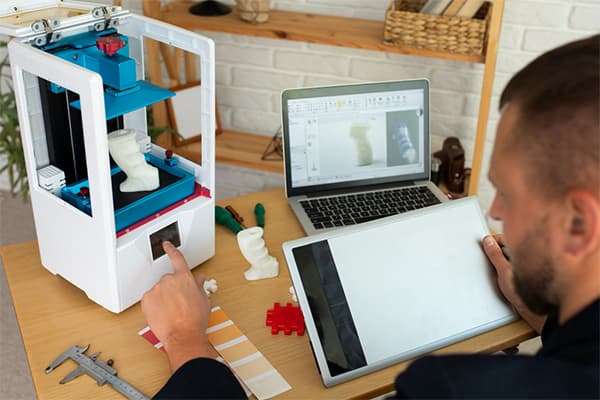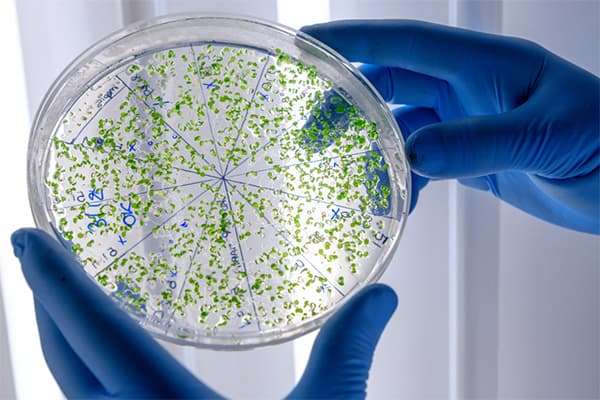Bio regenerative 3D BIOPRINTED human organs
Bio regenerative 3D BIOPRINTED human organs
The “Bio-Regenerative 3D Bioprinted Human Organs” is an advanced interdisciplinary effort that merges biotechnology, regenerative medicine, and 3D bioprinting to create fully functional, lab-grown human organs capable of replacing damaged or failing ones. Here’s a detailed breakdown of this groundbreaking field
The goal of the project is to develop functional, transplantable human organs using 3D bioprinting technology combined with bio-regenerative techniques. This would allow scientists to produce organs (like kidneys, hearts, livers) from a patient’s own cells, minimizing the risk of rejection and reducing dependence on donor organs.

Core Concepts

3D Bioprinting
- A process where biological materials, such as cells, growth factors, and biomaterials, are printed layer by layer to create tissue-like structures.
- Special bioprinters are used, which differ from traditional 3D printers by printing bioinks (substances made of living cells).

Bio-Regeneration
- The ability of engineered tissues to grow, repair, or regenerate damaged biological functions naturally.
- This involves stem cell technology, gene editing (like CRISPR), and scaffold-based support systems.
